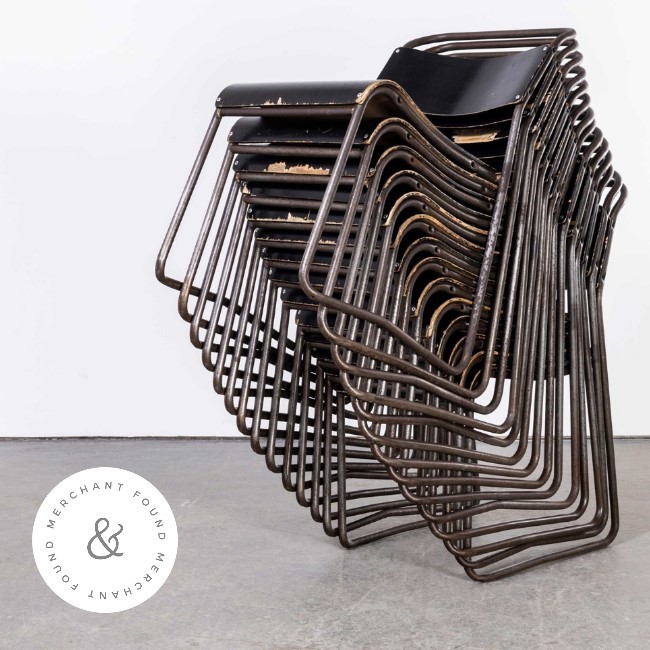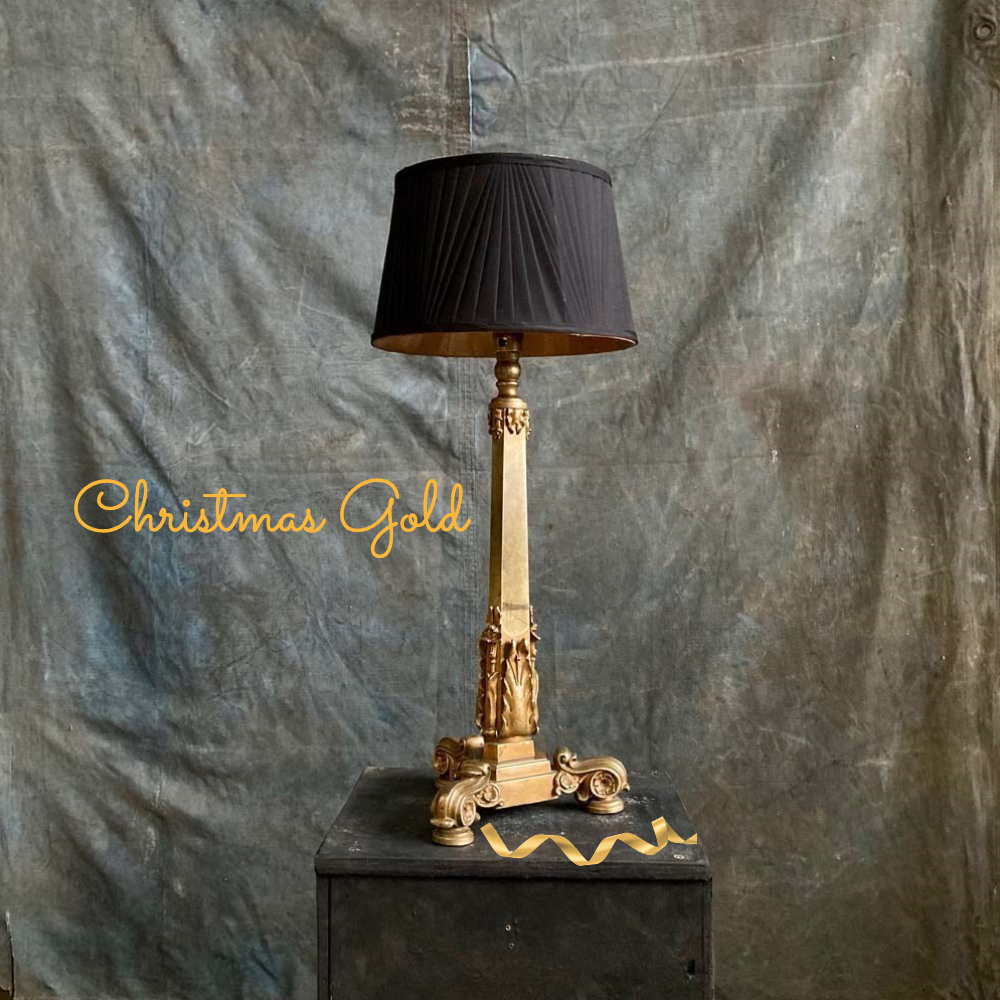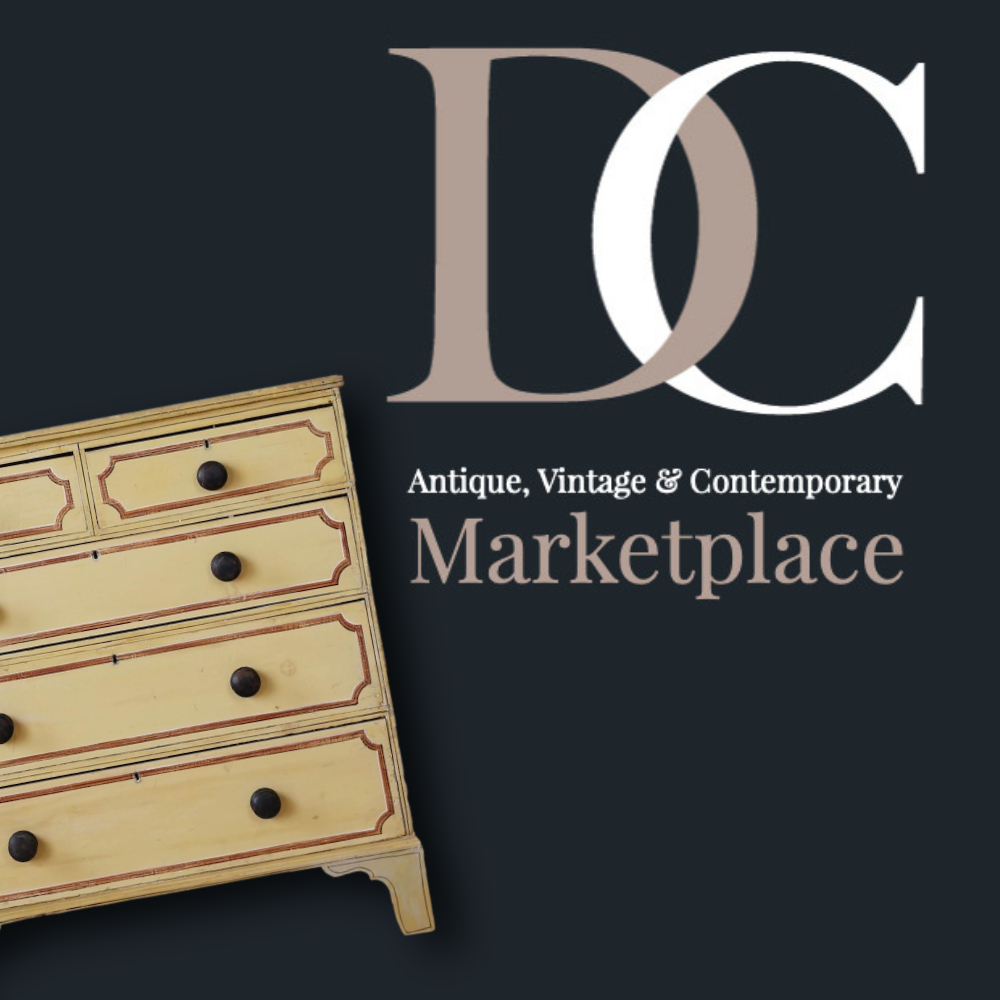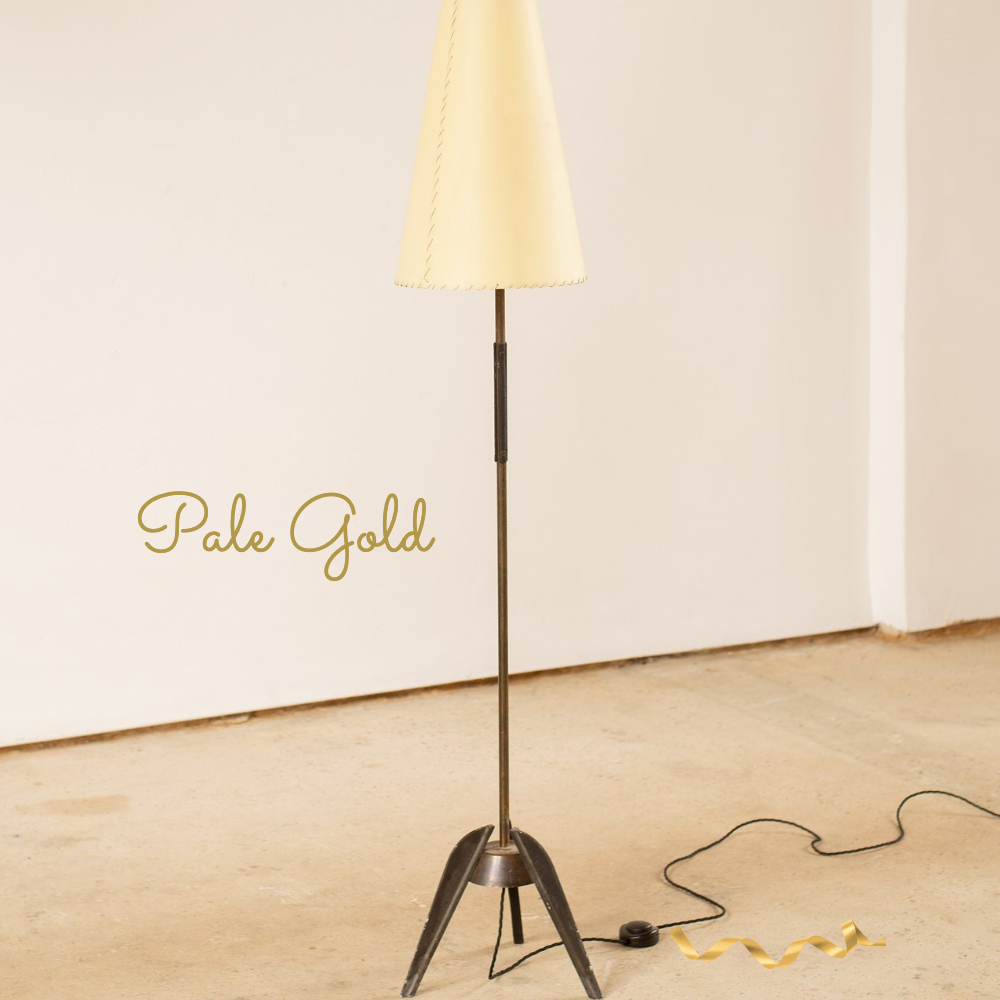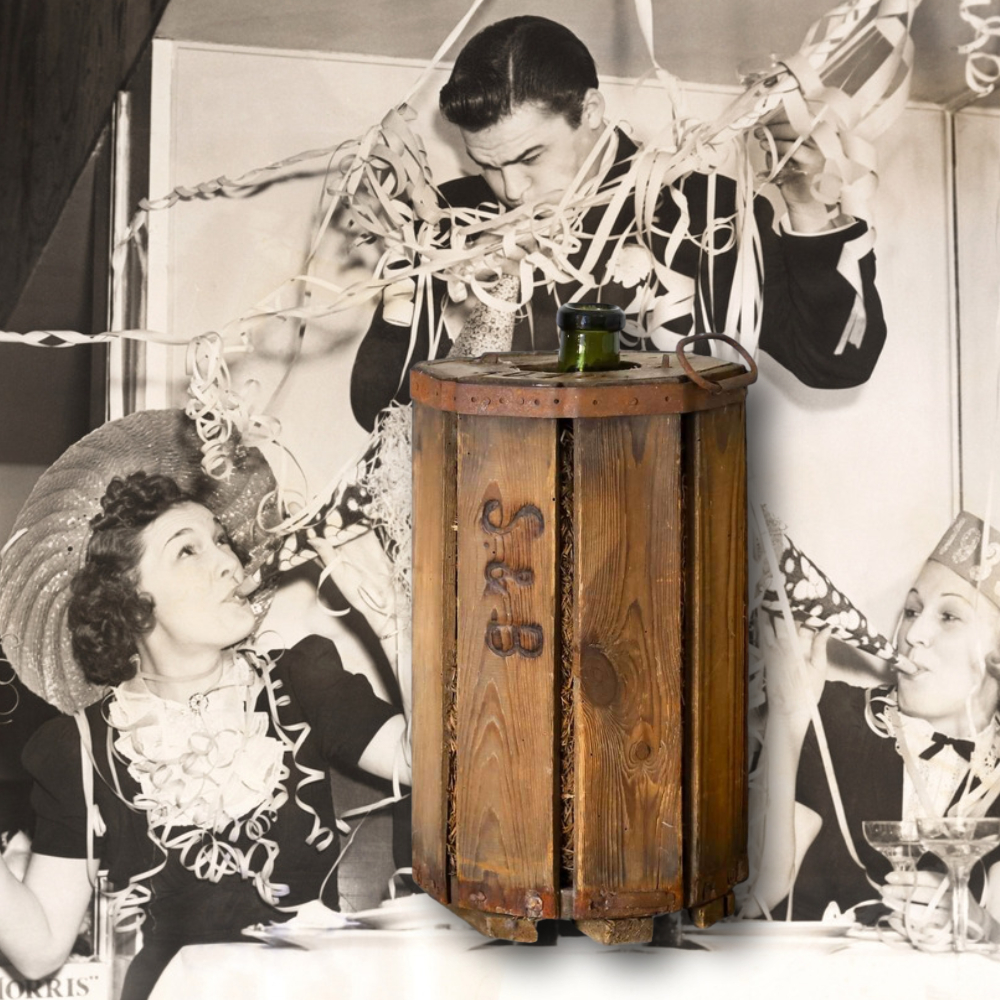
Identifying antique furniture and determining its value can be a complex process, but there is one sure-fire way to start: check for antique furniture makers marks.
These tags can be like gold dust to the avid collector, where finding the right American or British furniture markers marks can complete a collection or add to a growing one. So, what are makers’ marks and why do they matter so much?
What is a Maker’s Mark on Furniture?
A maker’s mark is the equivalent of antique trademarking. They allow craftsmen and manufacturers to take credit for creating a beautiful piece of furniture. Identifying antique furniture makers’ marks can quickly tell a buyer whether the piece they’re looking at is worth the price tag.
There are various common types of antique furniture makers’ marks that can help buyers assess the value of items and sellers to price correctly. For example, the marks could take the form of a stamp, tag or label, perhaps even a plaque that offers some bare-bones information about the piece.
Identifying antique furniture makers’ marks often requires a little detective work on behalf of the buyer, but the results are worth it if you find a genuine antique from a collection that interests you.
There are plenty of websites and books devoted to makers’ marks and it’s fairly easy to find a list of antique furniture makers’ marks – as long as you maintain a healthy scepticism when looking at the piece of furniture too. It isn’t unknown for forgers to hoodwink potential buyers with fake marks, so it’s important to understand the furniture as much as the mark itself.
Remember, if a deal sounds too good to be true, it’s worth investigating further to be on the safe side.
What Do the Numbers Mean on Antique Furniture?
Numbers found as part of antique furniture makers’ marks or more modern makers’ marks can mean several things depending on which maker you’re dealing with.
For instance, it may indicate a specific style created by the manufacturer or it may identify the individual craftsman responsible for the piece. In some cases, the number may even refer to a patent number granted to their company.
Again, finding a reputable list of antique furniture makers’ marks will give buyers more information about what the numbers mean, so search for one of those if you’re coming across plenty of pieces with numbers attached.
Where Will I Find a Maker’s Mark?
Antique furniture makers’ marks can be found in a variety of places, many out of sight of the typical viewer. For example, while craftsmen want to ensure their identity is on a piece, they don’t want to detract from the visual appeal of the piece.
That’s why it’s worth checking in unusual places for makers’ marks as well as more common ones. Check drawers, the underside or back of a piece to find any stamp or tag that might be hiding there.
If you don’t manage to find a maker’s mark on a piece, there may still be clues to its origin such as a guild or association mark. This can help buyers and sellers narrow down the probable history of a piece.
Example: Does Ercol Furniture Have a Maker’s Mark?
As an example, let’s address the following question: does Ercol furniture have a makers’ mark?
The short answer is that, yes, all Ercol furniture will have some type of branding on them. To complicate matters, though, this branding has changed and evolved through the years, incorporating stamps, labels and badges at various points within the firm’s history.
So, just because you’ve seen an authentic Ercol piece with a stamp one week, that doesn’t mean the piece you see the following week with a badge is any less authentic.
What If There is No Maker’s Mark on My Furniture?
Unfortunately for modern collectors, not all antique furniture is marked. This doesn’t necessarily mean the piece is not an antique, but it can make checking its authenticity something of a headache.
At that point, it’s time to think about other elements such as the construction of a piece and whether it fits with everything we know about an era. For instance, if the wood used to construct a piece wasn’t readily available in the area the piece was supposedly built, that’s a question mark that will need to be resolved.
Don’t assume, for example, a piece lacking any mid-century modern furniture makers’ marks isn’t the real deal, but take steps to check it is.
Shop and Sell with The Hoarde
The Hoarde is a thriving online marketplace where sellers and buyers can trade safely and securely. New items are added every day, so be sure to check back for pieces of interest to you.

